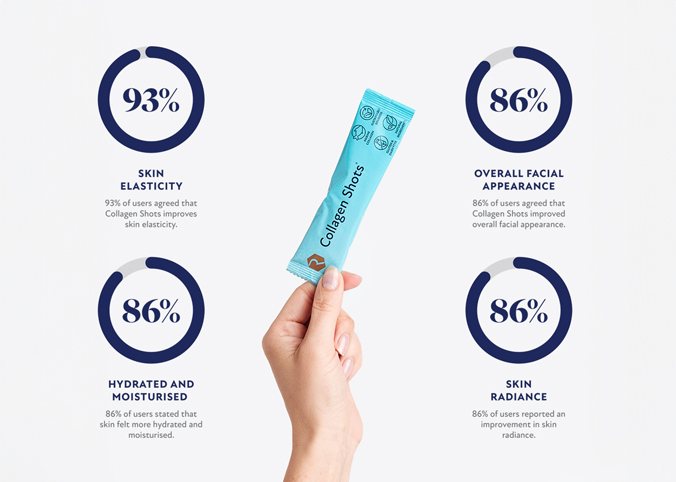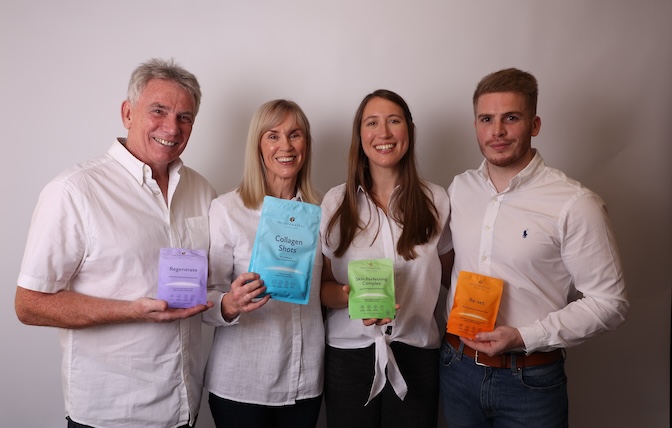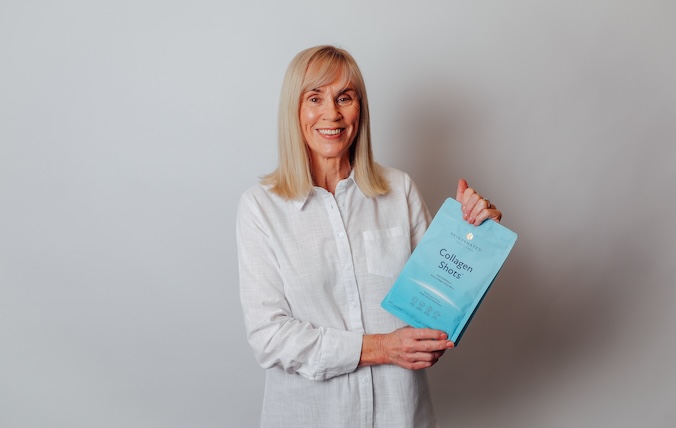What Is My Skin Type?

If you want to take care of your skin, the first and most important step is determining what your skin type is. This is because your skin type will influence the types of products you should use on it as well as the skin regime you should follow.
According to dermatologists, there are four primary skin types: dry, normal, oily, and combination. But how do you know what your skin type is? Keep reading to find out.
Skin Type Characteristics
There are four skin types, each of which is characterised by its own set of features. Some skin types tend to produce more sebum and are more prone to
acne, while others lack moisture and tend to look dull.
Normal Skin
Normal or balanced skin is not too oily or dry. People with a normal skin type will find that they do not experience breakouts, greasiness, flakiness, large pores, blemishes or rough skin.
Having said that, it’s still important for people with normal skin to use the right products to keep their skin in this condition.
Dry Skin
Dry skin is characterised by dullness, flakiness and possible itchiness. The skin often lacks hydration and feels tighter. Dry skin is often the result of genetics, but lifestyle, hormonal changes, climate and diet can also contribute to it.
To keep dry skin healthy, you should drink plenty of water and take hydration supplements. Using products that are hydrating, gentle and soothing on the skin, such as gentle exfoliators or moisturisers with hyaluronic acid, will help keep the skin happy and healthy.
Oily Skin
This skin type results in people producing higher levels of oil or sebum. This can cause the face to look shiny and feel slick, especially in the ‘T zone’. Oily skin has both its pros and cons. People with oily skin are more likely to experience acne, enlarged pores and pimples, as the pores are more likely to get clogged. However, they also tend to have fewer wrinkles – yay for younger-looking skin!
The best way to deal with oily skin is to choose products that nourish it but also remove excess sebum to prevent the pores from becoming clogged. Gentle, foaming cleaners will help to remove dirt and other impurities on a daily basis.
An enzymatic exfoliator will also prevent sebum from building up and clogging the pores. Additionally, a lightweight and oil-free moisturiser is essential for locking in moisture and keeping the skin hydrated.
Combination Skin
As the name suggests, this skin type has two combinations, namely oily and dry skin. Generally, the ‘T zone’ (forehead, nose and chin) will be oily, whilst the cheeks will be dry or normal. To care for combination skin, you should keep hydrated and use a good moisturiser.
How To Determine Your Skin Type
There are two ways you can try to determine your skin type yourself, namely the bare-faced ‘wait and watch’ method and the blotting sheet method.
Wait & Watch
For this, you’ll need to cleanse your skin and effectively wait and watch to see how it behaves afterwards. Once you’ve cleansed your skin, leave your skin for 30 or so minutes, and then check your ‘T zone’ and cheeks to see if it has become oily. If it has, it’s likely that you have oily skin. Before you draw any final conclusions, you will need to wait for an additional 30 minutes. After this, check your skin again to see if it is feeling tight or dry. If you do, you may have dry skin. If there is slight oiliness in the ‘T zone’, then you may have combination skin.






